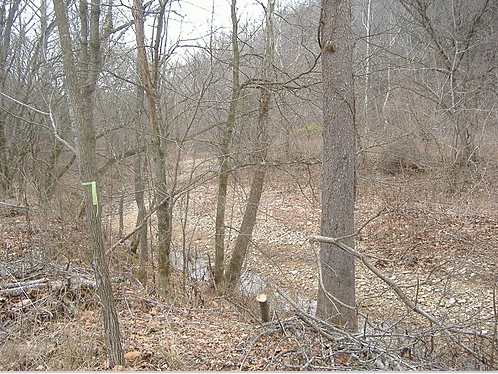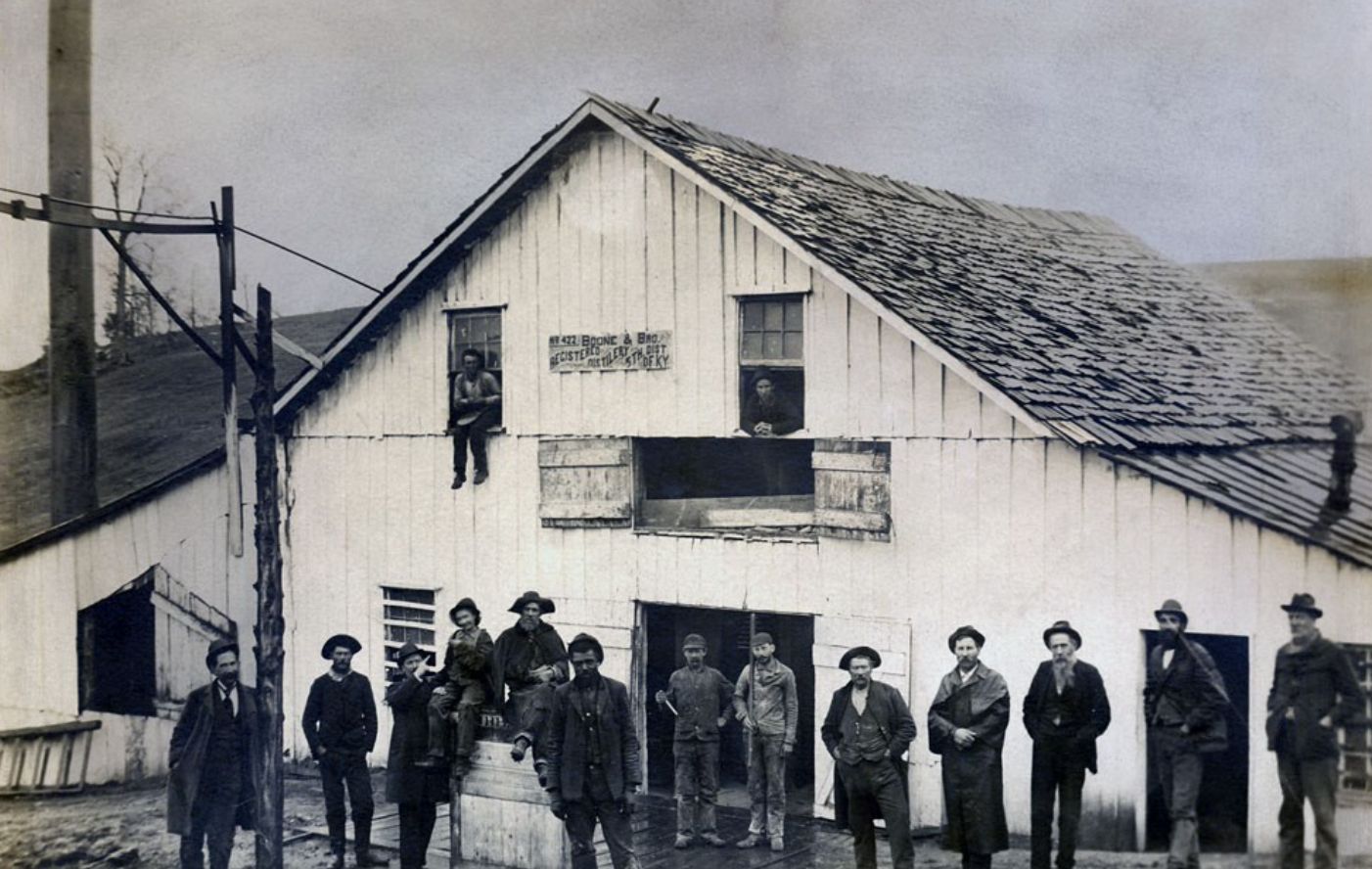Wattie Boone
Walter "Wattie" Boone was an early Kentucky frontiersman and distiller who operated a distillery in the area of Knob Creek in LaRue County, Kentucky. Historians have agreed that Boone was one of the first, if not the very first, settlers documented to have been producing bourbon whiskey in Kentucky; the only other distiller able to possibly rival this claim being Evan Williams.
Boone was born in 1757 in Prince George’s County, Maryland, British Colonial America, to Charles and Mary Boarman Boone. Charles, Walter’s father, was a relatively large landowner, having received significant payments on several occasions from the Crown for moving westward and settling what was then perilous and isolated Indian country in the name of the King. As an early pioneer, Boone would have participated in near-constant skirmishes with local Indian tribes. He would have been part of a group of settlers who travelled through the dangerous Cumberland Gap to reach his new home in central Kentucky, which was, at that time, still part of Virginia.
After the Treaty of Paris ended the American Revolution in 1783, Kentucky quickly established statehood in 1787, and, of course, more settlers arrived. In an area known as Pottinger's Station, a fort stood that protected the early settlers of the small city in Kentucky Territory that would come to be known as Bardstown. The fort was built by Samuel Pottinger, a soldier in the Revolution, who first viewed the land in 1778 when he came from Maryland with troops of Capt. James Harrod. Pottinger later returned with his family and also built a station near the fort.
By that time, Wattie Boone and his neighbor and close friend Stephen Ritchie had already settled in Larue (now Nelson) County. In 1780, they began the manufacture of whiskey for sale. A few years later, Wattie enlarged their operation to a two-bushel capacity per day and did a thriving business. He took his sons, Charles Boone and John Boone, in as partners. Stephen Ritchie bowed out of the business soon after, and the distillery was thereafter known as “Boone Brothers Distillery”. At that time, Wattie was widely recognized as one of the very best distillers in the country. He made such a tasteful product that men joked that, “The whiskey was too good to get very far from home”. The capacity of the Boone Brothers Distillery was eventually up to 71 bushels of grain per day. By then, the warehouses were iron-clad and had a capacity of 2,000 barrels. The brands produced by Boone Brothers at that time were “Old Boone” and "Old Maid”.
Rolling Fork River on Knob Creek in what is now Nelson County, Kentucky. This is the spot where Wattie Boone’s distillery was first built in about 1780.
Just south of the Boone’s distillery was a small, one-room cabin. Its owner and the Boones’ closest neighbor, Thomas Lincoln, worked intermittently at the distillery when he was not busy tending his farm. Thomas, a woodworker by trade, did carpentry work and likely made barrels for the Boones. His son, Abraham “Abe” Lincoln, who was probably 7 or 8 years old at the time, would often come to the distillery to bring meals for his father and, on occasion, found odd jobs to help with around the Boone Brothers Distillery himself.
Boone first married Mildred “Peggy” Edelen on October 9, 1783, and the couple had 5 children. Wattie’s and Mildred’s first four children were born in consecutive years. These children’s names were Charles, Henrietta, Christopher, and Johnnie, followed twelve years later by John Henry. Unfortunately, in about 1810, Peggy died. Wattie married his second wife, Elizabeth Havana, on March 27, 1818, and in 1820, another son was born to the Boones. He named his youngest son Henry Edward. By that time, Wattie’s first son, John, would have been 30 years older than his half-brother Henry Edward.
After his death in January of 1847, at the reading of the will of Walter “Wattie” Boone, all of his possessions were left to his wife, Elizabeth. After Elizabeth’s death, the will dictated that all her possessions would go to their son, Henry Edward, except for their granddaughter, Eliza Ann Boone, who was to “Receive furniture when she turns 15 years old.” All of Wattie’s other children were to receive “one dollar” (an amount equal to about $40 today). This minuscule and exact amount may indicate that, although Charles and his Charles’ son George had operated the distillery side-by-side with Wattie, by the time of his death, there were perhaps ill feelings between the distiller and all of his other children, except Henry Edward, the youngest and only son by Elizabeth.
Wattie was said to have been a distant relative of Daniel Boone, though there is some discrepancy around this statement, since one Boone was from Pennsylvania and the other from Maryland, and one was Catholic and the other Protestant. These two facts lie in likely contradiction to even distant family members of that day. Nevertheless, several distillery-associated households now living in Nelson and Larue counties of Kentucky can legitimately trace their lineage to Wattie Boone. This includes the Samuels family of Maker’s Mark, as Bill Samuels, Jr.’s wife was Nancy Johnson. Nancy’s mother was Margie Boone, a direct descendant of Wattie.
The Boone Brothers Distillery continued to produce whiskey through the late 1800s. In 1902, the Distillery and its “Old Boone” brand were sold to Thixton, Miller, and Company, and it remained a well-known and popular business up until Prohibition, after which the distillery never recovered and never reopened. However, Wattie Boone’s distilling prowess has been immortalized since 2016 by Preservation Distillery, whose flagship brands have recognized Wattie’s contribution to bourbon’s proud heritage by bearing his name. The brand is now produced, barreled, aged, and bottled in Bardstown, about 7 miles (11 km) from where it originated 245 years ago.
Contributed by Kate Byrne, Bardstown, Kentucky
Sources: 1. Wikitree.com, genealogy of Walter Boone
2. Wikitree.com, genealogy of Mildred Edelen Boone
3. Peake-Stiles-Person Sheet, peakestiles.com, ref. Walter Boone
4. Geni.com, ref. Walter “Watty” Boone
Boone Brothers Distillery, circa 1894.
Some fifty years after Wattie’s death, still going strong.










